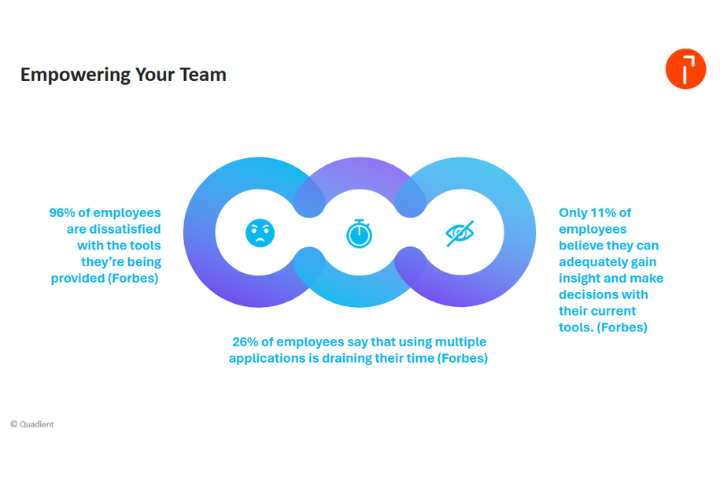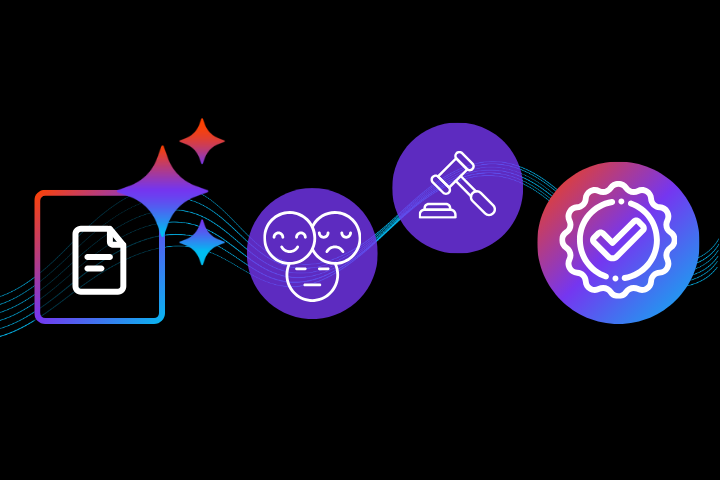What is ODETTE EDI?
ODETTE EDI (Electronic Data Interchange) is a set of standards used for electronic communication in the European automotive industry. Developed by ODETTE (Organisation for Data Exchange by Tele Transmission in Europe), these standardised communication protocols streamline and automate key business processes such as order processing, invoicing, and shipment tracking, for thousands of companies within the European automotive supply chain.

As a part of a suite of standards, ODETTE EDI is facilitated by the ODETTE File Transfer Protocol (OFTP) to ensure efficient and secure data transfer.
History of ODETTE EDI
ODETTE’s mission to improve efficiency and enhance the competitiveness of the European automotive industry began in the early 1980s, and by the end of the decade, the development of standardised communication protocols (ODETTE EDI) was underway.
Standards used by ODETTE
When thinking about EDI standards it is important to note that the development of the ODETTE File Transfer Protocol (OFTP) means that more general standards like X12 and EDIFACT are distinct on their own and not employed in the automotive-specialised ODETTE suite.
What is an ODETTE ID?
An ODETTE ID provides the means for unambiguous identification of all partners involved in the automotive supply chain. It provides a unique code that may be used globally to identify all the legal entities within an organisation from warehouses to production plants, or commercial offices to specific IT workstations.

What is VDA and how is it different?
Developed within a broader European perspective and encompassing members from various European countries, ODETTE differs from VDA (German Association of the Automotive Industry) and the VDA EDI standards which are expressly associated with German automotive practices.
What is an EAI Enterprise Application Integration?
EAI refers to the process of integrating and coordinating different enterprise software applications within an organisation to work seamlessly together, aiming to improve overall efficiency by creating a unified and interconnected IT environment.
It often involves the use of middleware and integration technologies (also known as mapping solutions) that might for example connect applications used in human resources and supply chain management.
Automotive industry and ODETTE EDI
With the specific needs of the European automotive industry at its core ODETTE EDI provides the kind of support required for a network of thousands of trading partners to run optimally.
How does the automotive industry use ODETTE EDI?
The industry uses ODETTE EDI to enhance communication and collaboration among trading partners within the supply chain. Through its file transfer protocol (OFTP), electronic purchase orders between manufacturers and suppliers, shipping and delivery notifications, and invoices are securely delivered.

Document types sent by EDI
Within the context of the automotive industry, the types of documents being sent by EDI vary considerably by region and organisational body.
In Germany, the VDA (German Association of the Automotive Industry) has its own document types, as does the ANSI (American National Standards Institute) used by the American automotive industry.
EDIFACT, the EDI standard developed by the United Nations, is used throughout the world and ODETTE EDI as we have seen serves many of the major players in Europe.
The widely used SAP enterprise resource planning (ERP) software, utilises the format IDocs for electronic data exchange. Hence, an EDI converter solution is essential for integration (EAI). These tools are often referred to as mapping solutions.
Europe usage of ODETTE EDI
In Europe, ODETTE EDI is widely used in the automotive industry. It facilitates electronic data interchange, streamlining communication and improving efficiency among manufacturers, suppliers, and logistics partners.
Overview of Europe's Use of ODETTE EDI
The adoption of ODETTE EDI in Europe has been wide-scale, growing from a time in the early 1990s when different automotive manufacturers began using EDI, often with their own internal standards, to a Europe-wide system run by industry experts, that today includes thousands of companies.
E-Invoices and EDI
E-invoices fit into EDI communication in several ways. Standardised formats like those developed by ODETTE allow for the seamless integration of E-invoices with EDI systems improving efficiency, and security, permitting greater ease in regulatory compliance, and ensuring compatibility between trading partners.
Most crucially, E-invoices seamlessly integrate with Enterprise Resource Planning (ERP) systems as part of EDI processes, ensuring financial data from invoices is reflected in the organisation's internal systems.

Further Explore E-Invoicing Standards:
- ZUGFeRD Invoice: A format combining PDF and XML for versatile e-invoicing, suitable for businesses across Europe seeking compliance and efficiency. Learn more about ZUGFeRD.
- UBL Invoicing: Utilizes XML to standardize business documents globally, fostering interoperability and streamlined processes. Explore UBL Invoicing.
- EDIFACT: An international EDI standard facilitating the electronic exchange of business documents, offering a comprehensive solution for global trade. Discover EDIFACT.
- XRechnung Format: Designed for the German market, this format provides a standardized XML framework for public sector invoicing. Learn about XRechnung.
Final thoughts
ODETTE has played a pivotal role in transforming communication within the European automotive industry. The development and wide-scale use of ODETTE EDI and OFTP for standardised file transfer reflect a commitment to enhancing competitiveness in the sector. In the ever-evolving landscape of automotive production, digitalisation and EDI will play an increasing part, in which ODETTE EDI will be a major force.







